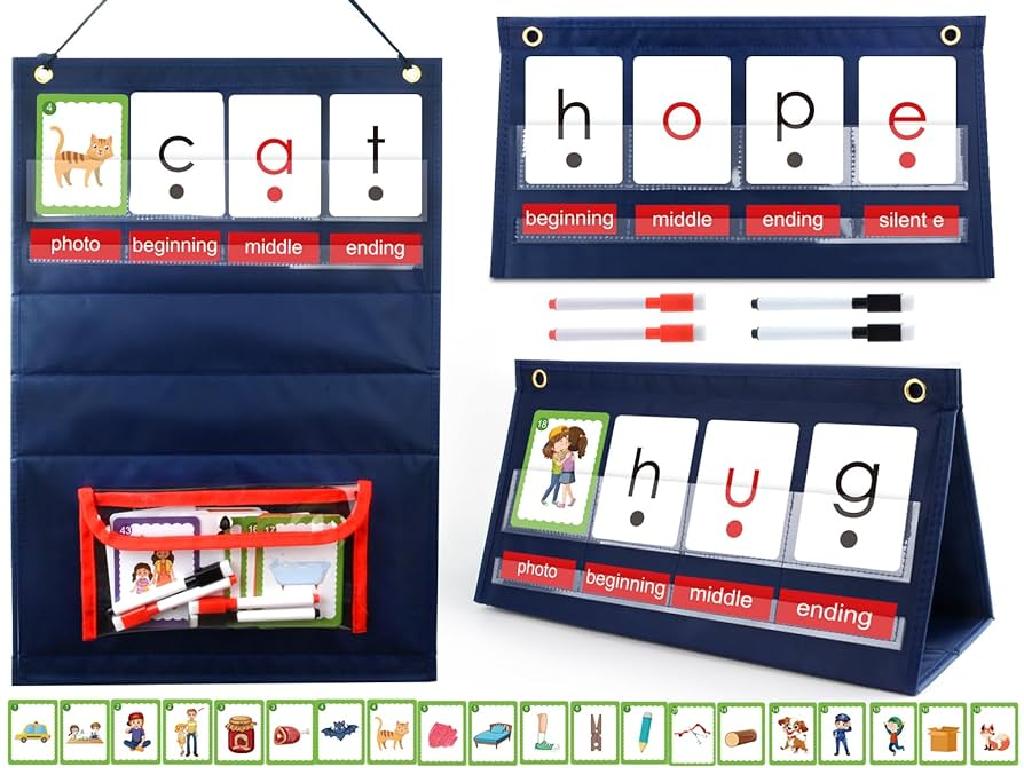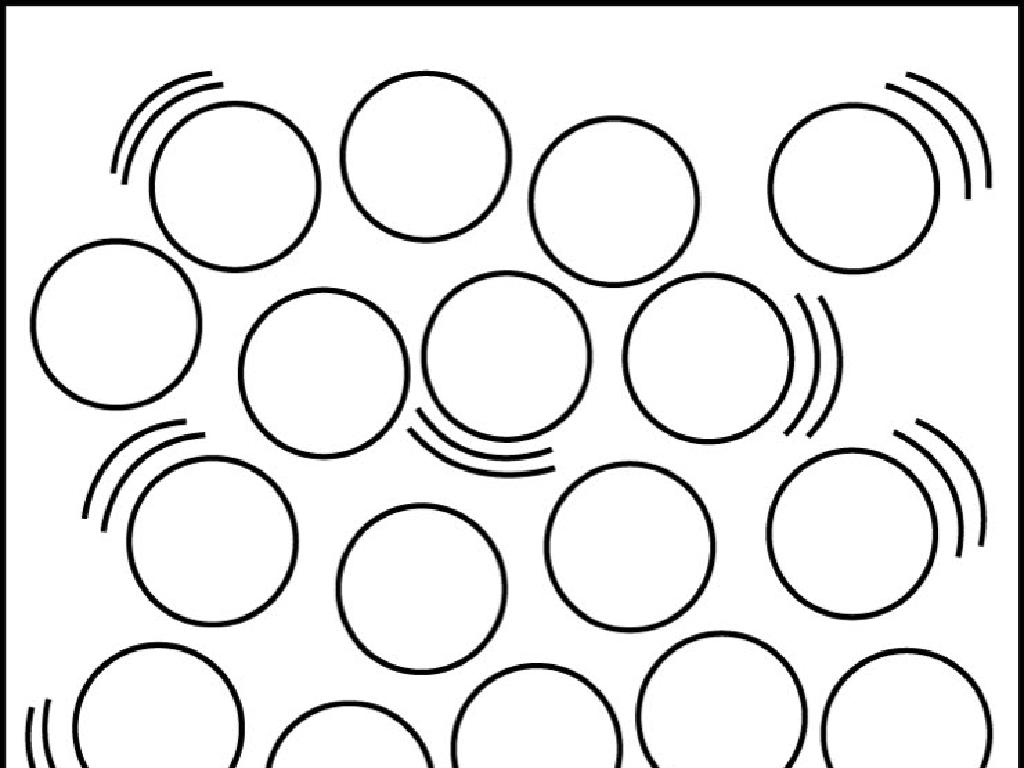The Columbian Exchange
Subject: Social studies
Grade: Sixth grade
Topic: Age Of Exploration
Please LOG IN to download the presentation. Access is available to registered users only.
View More Content
The Columbian Exchange: A Global Impact
– Exploring the Age of Exploration
– Defining the Columbian Exchange
– The vast transfer of goods, crops, and people between the New and Old Worlds
– The Columbian Exchange’s global effect
– Introduced new foods, animals, and ideas across continents
– Analyzing the impact on societies
– Consider how it changed economies, diets, and even populations
|
This slide introduces students to the Age of Exploration, setting the stage for understanding the Columbian Exchange’s significance. The Columbian Exchange refers to the massive transfer of goods, including crops like potatoes and tomatoes, animals like horses and pigs, and even people through slavery, between the Americas and the Old World following Columbus’s voyages. It’s crucial to discuss the profound effects this had globally, altering diets, economies, and societies. Encourage students to think about how different the world would be if the Columbian Exchange had never occurred. This will help them appreciate the interconnectedness of our global history.
What Led to the Age of Exploration?
– Desire for new trade routes
– Europeans wanted to find new ways to reach Asia for spices and silks.
– Advancements in navigation
– Innovations like the compass and astrolabe made long sea voyages possible.
– Monarchies funding voyages
– Kings and queens sponsored explorers, hoping for wealth and power.
– Exploration impacts
|
The Age of Exploration was driven by Europe’s desire to access the riches of Asia, which led to the search for new trade routes. Advancements in navigation technology, such as the magnetic compass and the astrolabe, allowed sailors to travel further with more confidence. European monarchies, seeking new sources of wealth and territorial expansion, heavily funded these voyages. This period had significant impacts on global trade, culture, and ecology, which we’ll explore in the context of the Columbian Exchange. Encourage students to think about how these motivations compare to modern exploration, such as space travel.
Christopher Columbus: A Key Figure in the Age of Exploration
– Who was Christopher Columbus?
– His 1492 voyage to the Americas
– Columbus sailed with the Nina, Pinta, and Santa Maria
– ‘Discovery’ of the Americas
– His arrival marked a new era of European exploration
– Columbus’s impact on exploration
– His voyages opened up new trade routes and exchanges
|
Christopher Columbus was an Italian explorer who embarked on a historic voyage in 1492, which led to the ‘discovery’ of the Americas, although indigenous peoples were already living there. His journey was significant as it opened the door for the Age of Exploration, leading to increased European exploration and eventual colonization. Columbus’s voyages had profound implications, including the Columbian Exchange, which drastically altered the lives and ecosystems of both the Old and New Worlds. Discuss the controversial aspects of his legacy, considering both the positive and negative impacts of his explorations.
The Columbian Exchange Explained
– Definition of Columbian Exchange
– A large-scale exchange between Old and New Worlds
– Examples of exchanged goods
– Crops like maize, potatoes; animals like horses; diseases like smallpox
– Impact on societies
– Societies adapted new goods, altering agriculture, economy, and diets
– Cultural transformations
|
The Columbian Exchange refers to the widespread transfer of plants, animals, culture, human populations, technology, diseases, and ideas between the Americas, West Africa, and the Old World in the 15th and 16th centuries. This slide should highlight the definition, provide tangible examples of goods that were exchanged, and discuss the profound impact on societies, including changes in agricultural practices, economic shifts, and dietary transformations. Emphasize the significance of this exchange in shaping the modern world, and encourage students to think about how these historical events continue to influence our lives today. Discuss the positive and negative outcomes, such as improved nutrition from new crops and the devastating effects of diseases on indigenous populations.
Positive Impacts of the Columbian Exchange
– New crops introduced to Europe/Asia
– Crops like potatoes, tomatoes enriched diets
– New animals arrived in the Americas
– Horses, cattle transformed Native American life
– Cultural exchanges increased
– Art, music, and ideas were shared globally
– Knowledge spread across continents
– Navigation, farming techniques improved
|
This slide highlights the beneficial aspects of the Columbian Exchange, which was a byproduct of the Age of Exploration. The introduction of new crops such as potatoes and tomatoes to Europe and Asia significantly improved the variety and nutritional value of diets. The arrival of animals like horses and cattle had a profound impact on the lifestyles and economies of Native American societies. Cultural exchanges led to the sharing of art, music, and ideas, enriching societies on both sides of the Atlantic. Additionally, the spread of knowledge, especially in navigation and farming, helped advance civilizations and set the stage for the modern world. Encourage students to think about how these exchanges still impact our lives today.
Negative Impacts of the Columbian Exchange
– Diseases spread to Native Americans
– Smallpox and other diseases devastated indigenous populations.
– Forced migration and slavery
– Many people were displaced or enslaved during this period.
– Environmental changes from new species
– Introduction of new plants and animals altered habitats.
– Cultural and ecological disruptions
|
This slide addresses the darker side of the Columbian Exchange, focusing on the unintended consequences that followed the contact between the Old and New Worlds. Emphasize the devastating impact of European diseases like smallpox on Native American populations, who had no immunity to such illnesses. Discuss the forced migration and slavery of both Africans and indigenous peoples, which led to significant social and cultural upheaval. Highlight the environmental changes that occurred when new species of plants and animals were introduced, often leading to the displacement or extinction of native species. Lastly, discuss the broader cultural and ecological disruptions that resulted from these exchanges. Encourage students to reflect on how these negative impacts have shaped the modern world.
Analyzing the Effects of the Columbian Exchange
– Positive vs. negative outcomes
– Introduced new crops and livestock, but also diseases
– Long-term consequences
– Changed diets, economies, and population growth
– Impact on various populations
– Varied effects on Europeans, Native Americans, and Africans
– Discussion on overall effects
|
This slide aims to encourage critical thinking about the complex outcomes of the Columbian Exchange. Students should consider both the positive aspects, such as the introduction of new foods and animals, and the negative aspects, including the spread of diseases that devastated indigenous populations. Discuss the long-term consequences on global diets, economies, and demographic shifts. Facilitate a discussion on whether the Columbian Exchange was beneficial or detrimental, prompting students to reflect on the varied impacts on different groups of people. This will help students understand the multifaceted nature of historical events and their lasting influence on the world.
Class Activity: Create Your Columbian Exchange
– Form small exchange groups
– List modern items for exchange
– Think of items like technology, music, or food
– Discuss impacts of exchanges
– Consider positive and negative effects
– Present your exchange to class
|
This activity is designed to help students understand the concept of the Columbian Exchange by relating it to their own lives. Divide the class into small groups and have each group choose items they would want to exchange with another group as if they were different continents. Encourage them to think creatively about goods that are significant today, such as technology, cultural items like music, or popular foods. Once they have their list, guide them to discuss the potential impacts of these exchanges, both good and bad, on their societies. Finally, have each group present their findings to the class, fostering a discussion on how exchanges can shape cultures. Possible activities: 1) Role-play as historical figures, 2) Create a poster of their exchange items, 3) Write a short essay on the impact of their exchanges, 4) Debate on the best items to exchange, 5) Draw a map illustrating their trade routes.






